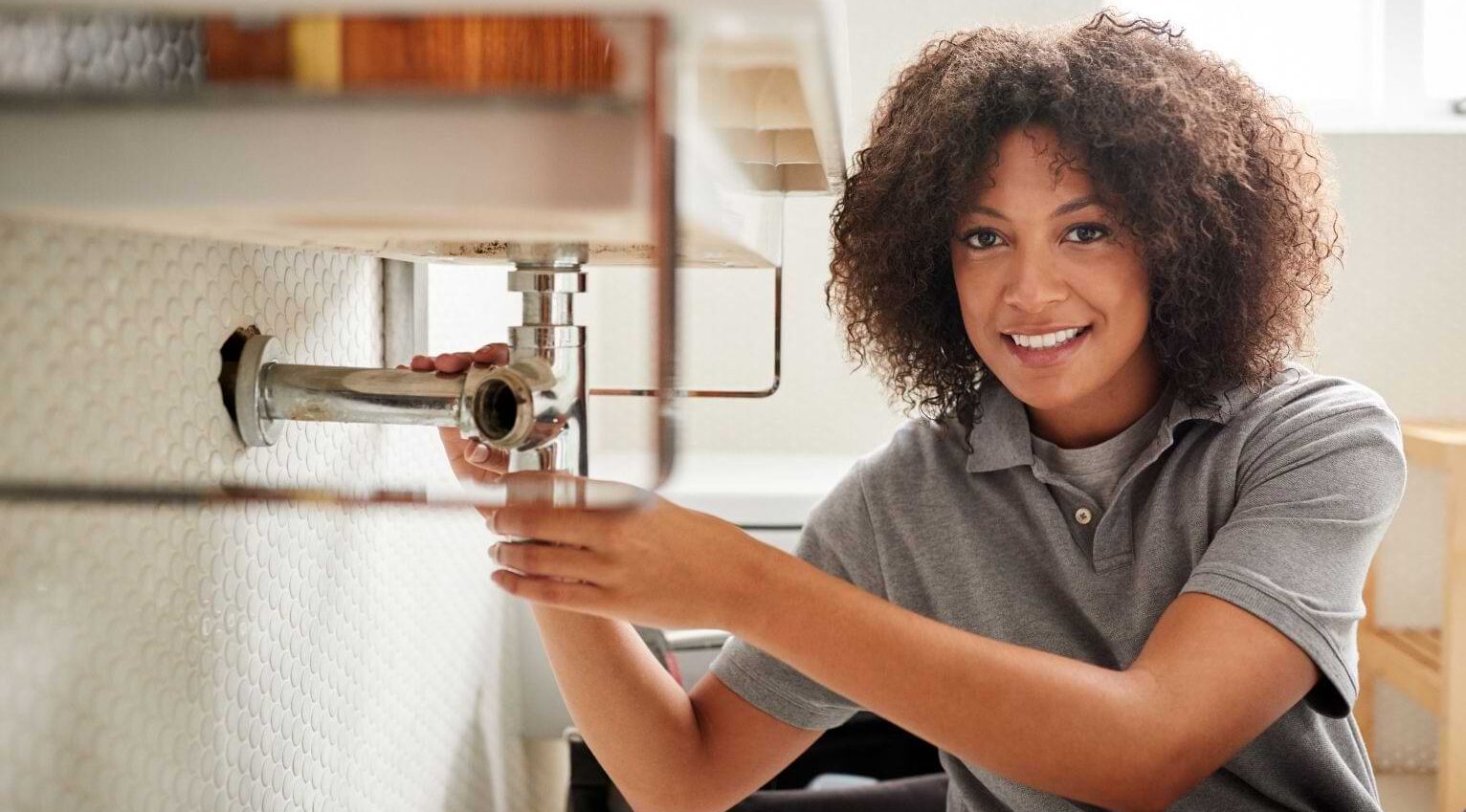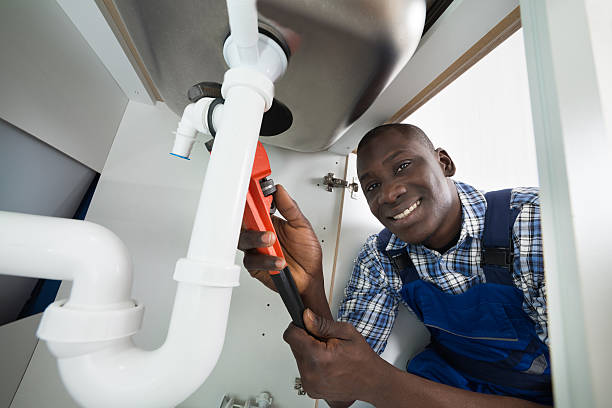Professional Drain Cleaning Alabaster AL to Keep Your Water Lines Flowing
Professional Drain Cleaning Alabaster AL to Keep Your Water Lines Flowing
Blog Article
A Detailed Overview to Reliable Hot Water Heater Installment for Optimal Performance
Getting started on the job of installing a water heating system is a venture that requires precision and a systematic method for attaining ideal efficiency. As you continue, the intricacies of attaching water supply lines and setting up trustworthy electrical or gas links await, promising understandings right into guaranteeing effectiveness and dependability.
Choosing the Right Water Heating System

Following, consider the size and capacity of the hot water heater. It's crucial to evaluate your home's warm water needs, which can differ based on the variety of owners and their usage patterns. A device that's as well little may result in insufficient warm water, while an oversized version might result in unnecessary power intake.
Effectiveness ratings also play a pivotal function in choice. Seek water heating units with high Power Factor (EF) ratings, showing remarkable efficiency and decreased energy use. Tankless models, though typically a lot more pricey upfront, deal significant energy savings in time because of their on-demand heating capacities.
Preparing the Setup Area
Prior to setting up a brand-new water heating system, meticulous prep work of the installment area is essential. It's important to gauge the area very carefully to accommodate the water heating system's measurements, ensuring appropriate clearance around the unit for efficient procedure and servicing.
Next, get rid of any type of particles, dust, or obstructions from the website to create a tidy setting. Check the flooring for stability, as the hot water heater will certainly need a solid, level surface to run efficiently. If needed, set up a drip pan beneath the system to catch potential leaks or spills, stopping water damage to the surrounding area. In areas vulnerable to seismic task, think about mounting seismic bands to protect the heating system firmly in position.
In addition, make sure that all essential devices and materials are on hand before starting the installment. This includes products such as wrenches, screwdrivers, a level, and any type of extra equipment needed for mounting and safeguarding the heating system. A well-prepared setup area establishes the foundation for an effective hot water heater configuration, enhancing efficiency and safety.
Connecting Supply Of Water Lines
When linking water lines to your recently installed hot water heater, it is important to guarantee that all links are safe and secure and leak-free to maintain efficient operation and avoid water damage. Begin by determining the warm and cold water lines. The cool water inlet is generally marked with a blue label or a click for more "C", while the hot water outlet is marked with a red label or an "H".
Use adaptable water heating system adapters to promote a much easier installation procedure. Before attaching the connectors, place a plumbing professional's tape around the threaded ends of the water heating unit's inlet and outlet pipelines.
When links are in place, slowly activate the major supply of water shutoff. Check each connection for leakages by aesthetically examining and feeling for wetness. Tighten links as required, and ensure the pressure relief shutoff is correctly mounted, protecting against extreme pressure build-up.
Establishing Electrical or Gas Connections
Properly setting up the electrical or gas connections for your water heating unit is an important step to ensure safe and reliable operation. For electric hot water heater, begin by validating that the electrical circuit is compatible with the heater's voltage and amperage needs. Ensure the power supply is shut off at the breaker to avoid mishaps. Connect the electrical cords to the heating unit complying with the maker's wiring layout. Usually, this entails attaching the ground cable to the eco-friendly terminal, and the continuing to be cords to their corresponding terminals, protecting each with cable nuts.
For gas water heaters, safety is paramount. Link the gas line to the water heating system using a flexible gas port, ensuring it is properly threaded and secured with pipeline joint substance or Teflon tape visit this website appropriate for gas links.
As soon as connections are made, inspect for any type of prospective leaks. For gas lines, apply a soapy water option to the joints; bubbles indicate a leakage. For electric connections, double-check that all circuitry is secure and properly shielded, keeping compliance with neighborhood electrical codes.
Readjusting and examining for Performance
With the electric and gas links firmly in position, the following step is evaluating the functional efficiency of your water heating unit. Begin by carefully switching on the water system and ensuring there are no leaks at any of the joints or valves. When verified, proceed to fill the storage tank, paying attention to the stress and temperature settings. It is a good idea to establish the thermostat to a recommended temperature level of around 120 ° F(49 ° C) to stabilize power effectiveness and convenience.
Next, do a detailed examination to guarantee the home heating elements or burner are operating properly. For electrical heating units, use a multimeter to confirm if the components are drawing the proper existing. In gas models, observe the burner flame; it ought to be stable and blue, indicating reliable burning.
Adjust the setups as required to remove inadequacies. Think about carrying out insulation actions, such as adding a water heater blanket, to even more boost performance by reducing heat loss. Furthermore, examine the anode pole's condition, as a scrubby pole can minimize performance and lead to tank corrosion.
Conclusion
Effective water heating unit installment is crucial for making certain ideal efficiency and power cost savings. Safely connecting water supply lines and carefully establishing up electrical or gas connections lessen potential problems.

Appropriately setting up the electric or gas connections for your water heating system is a crucial action to ensure reliable and secure procedure. For electrical water heating units, start by validating that the electric circuit is compatible with the heating unit's voltage and amperage requirements. Connect the gas line to the water heating unit using a flexible gas port, ensuring it is properly threaded and sealed with pipe joint substance or Teflon tape suitable for gas links.
Report this page